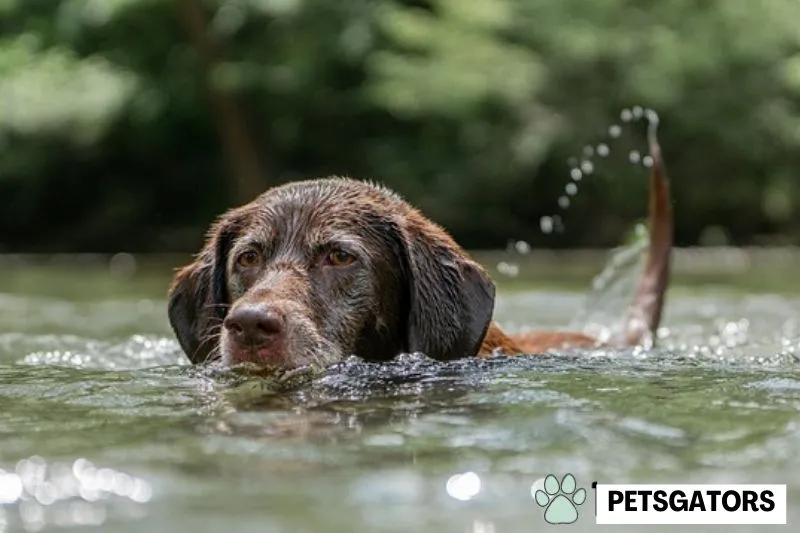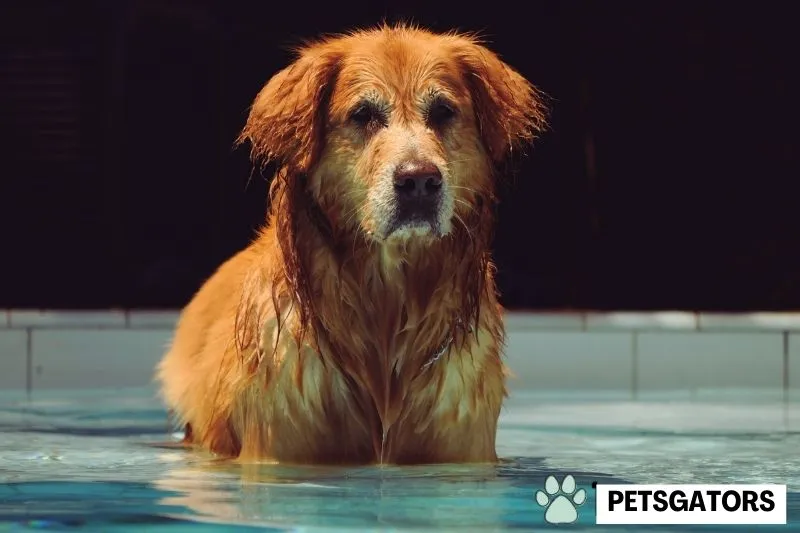Dog Swimming
For dogs, swimming is an excellent kind of exercise and a means to stay cool in addition to being an enjoyable pastime for people. But not all dogs are good swimmers, and some might even be afraid of the water. This tutorial will assist you in introducing swimming to your pet in a fun and safe manner. We will also address frequent concerns about dogs and swimming, as well as breeds that might not be naturally inclined to swim.
Table of Contents
Ways to Take Your Dog Swimming
Commence Early and Slow:
If at all feasible, start your dog’s water education early. Start out in shallow waters and work your way up to deeper waters. To ensure that this is a good experience, speak in a soothing, upbeat tone.
Safety First:
Your dog’s safety should always come first. If your dog is not a strong swimmer or is just starting out, put on a dog life vest. Your dog should never be left alone near water.
Make it Fun:
You may add enjoyment to swimming by using toys and treats. To get your dog to jump into the water, throw his or her favorite toy in. Make sure the toys are suitable for use in the water, though.
The secret is to be consistent:
exposing your dog to water on a regular basis and progressively will make them more at ease. Frequent, short swimming workouts are more beneficial than long, infrequent ones.
See Dog Swimming 101: The Beginner’s Guide To Teaching Your Dog How To Swim for a more thorough explanation.
Can Dogs Go Swimming?
Of course! Swimming is a low-impact activity that is gentle on your dog’s joints and is suitable for all canine ages, including those with movement problems or arthritis. It can be an excellent method for overweight dogs to shed weight and help to improve general fitness.

Breeds That Could Have Trouble Swimming
While many dogs have an innate ability to swim, many breeds may find it difficult because of physical traits. Bulldogs and pugs are examples of brachycephalic breeds, which have small snouts and may have trouble keeping their mouth and nose above water. Certain breeds, such as Basset Hounds and Dachshunds, may find it more difficult to stay afloat because of their small legs and thick, dense bodies.
Do Dogs Swim With All Four Legs?
The majority of dogs paddle with all four legs, utilizing a doggy paddle. Their swimming efficiency can, however, differ significantly. While some dogs may use their back legs more, others may use their front legs more. The breed, the dog’s physical attributes, and their degree of comfort in the water can all influence the style.
Safe Swimming Practices for Dogs
Never Force Your Dog:
Don’t push your dog into the water if they are frightened of it. This may cause anxiety to rise and create a bad relationship with water.
Examine the Water Conditions:
Make sure the water is suitable for swimming; stay away from deep water for novices, strong currents, and areas that could be dangerous due to sharp items.
Rinse Off After Swimming:
Make sure your dog gets rid of any salt, chlorine, or algae that might be hazardous if they get into their mouth or get on their fur.
Be Aware of Water Temperature:
Your dog may find the water too hot or too cold to be unpleasant or even harmful.
Supervision is Essential:
Always keep an eye on your dog while they are in the water.
Know Your Dog’s Limits:
Watch for signs of fatigue and don’t let your dog overdo it.

Exercise Advice
Positive Reinforcement:
Reward yourself and others with praise and treats whenever possible.
Start with Brief Sessions:
As your dog gets more comfortable, progressively lengthen the length of your swimming sessions.
Employ a Controlled Environment:
Begin in a small, controlled area such as a peaceful, shallow area of a lake or a kiddie pool.
- Dogs’ Health Benefits from Swimming
- Enhanced Cardiovascular Health
- Building Muscle Without Stress
- Control of Weight
- psychostimulants
Conclusion
For most dogs, swimming can be an excellent sport that provides them with both mental and physical stimulation. Always start slowly, put safety first, and most of all, make sure your pet enjoys himself or herself. Don’t forget to read The Ultimate Guide To Raising A Happy, Healthy Merle Poodle for more tips on dog care and health.
Taking your dog swimming may be a really fulfilling activity that improves their general health and enriches your relationship. Keep in mind that every dog is different, so customize the experience to suit your dog’s particular requirements and tastes. Have fun swimming!
FAQS
1. How can I tell if my dog likes swimming?
Answer: Observe your dog’s body language. A dog that enjoys swimming will appear relaxed, may wag its tail, and will willingly enter the water. If your dog seems tense, tries to leave the water, or shows signs of stress (like excessive panting or whining), it might not enjoy swimming.
2. How long should a dog swim for exercise?
Answer: Start with short sessions of about 5-10 minutes and gradually increase the duration as your dog gets more comfortable and builds stamina. For most dogs, a 20-30-minute swim session is sufficient for good exercise. However, always monitor your dog for signs of tiredness.
3. Can swimming be a substitute for regular walks?
Answer: While swimming is excellent exercise, it shouldn’t completely replace walking. Dogs benefit from the mental stimulation and variety of smells they encounter on walks. A combination of both activities is ideal for a well-rounded exercise routine.
4. What should I do if my dog accidentally swallows water while swimming?
Answer: If your dog swallows a small amount of water, it’s usually not a concern. However, if they ingest large amounts, especially in pools with chlorine or in seawater, it can lead to health issues. After swimming, ensure your dog has fresh water to drink and keep an eye out for any signs of discomfort or illness.
5. Are there special swimming classes for dogs?
Answer: Yes, there are special swimming classes and hydrotherapy centers for dogs. These are especially beneficial for beginners, dogs with physical limitations, or those needing rehabilitation. Trained professionals can teach your dog how to swim safely and provide a controlled environment for learning.







